Surface Gravity Waves: From the Tropics to the Arctic
- Hudson Bay System Study (BaySys)
- Yanique Campbell
As a Jamaican who grew up in a small, coastal community, the ocean has always been a major part of my life. In a community heavily dependent on fishing, the sea is the primary means of survival. The beach is also where we have much of our celebrations, where we relax and unwind. At the same time, the sea has tragically taken away many of our loved ones, ever so often reminding us of its unrivalled power. As such, my goal as a young intern stepping out into the world of research was to understand more about the ocean and how better predictions of ocean processes could be made. I began by implementing a high-resolution wave model for the Caribbean to improve wave forecasting capabilities, which eventually paved the way for wave research in the Arctic.
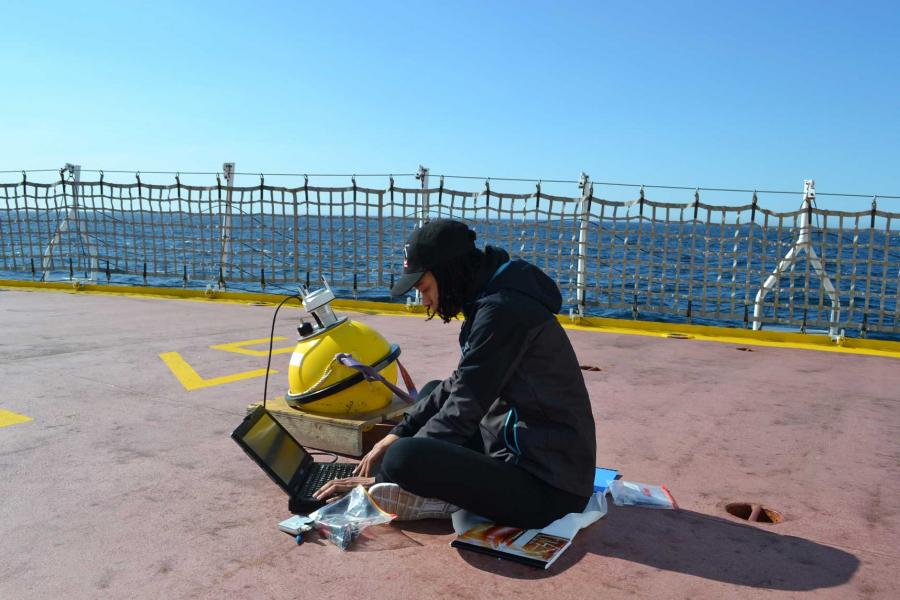
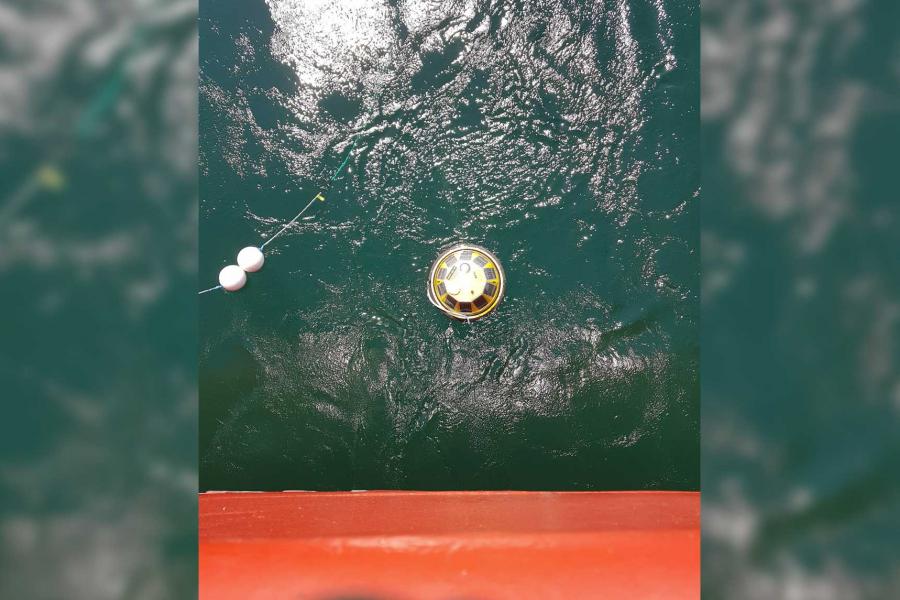
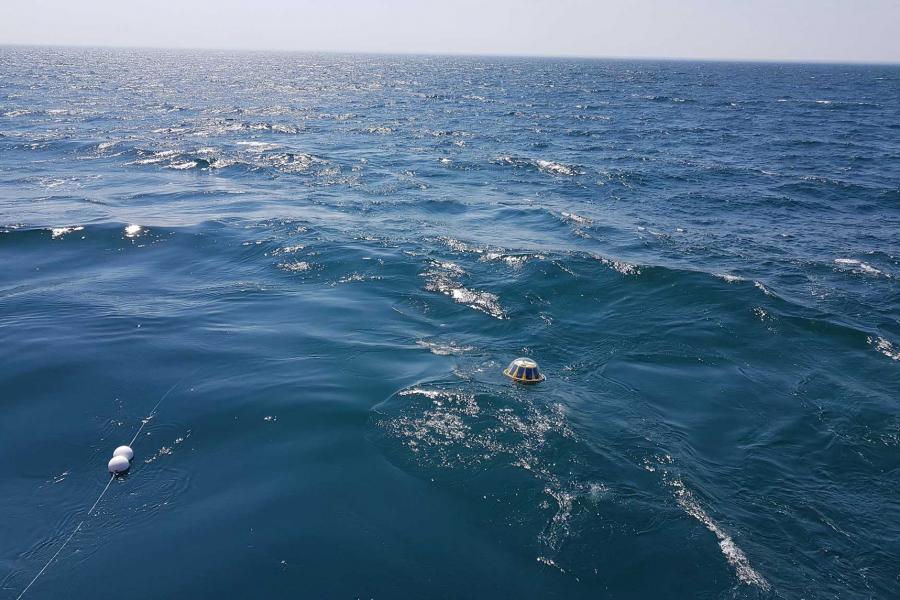
On board the Amundsen this year, my research plays an important role in the Hudson Bay System Study (BaySyS) project. Simply put, BaySys is investigating how climate change versus river regulation influences the different aspects of the freshwater-marine system in Hudson Bay. The idea of waves being a part of the climate change problem has only in recent years gained notable attention as Arctic sea ice extents have been significantly decreasing. This decrease of ice increases the amount of space, known as fetch, that waves need in order to develop. The concept of fetch, as simple as it may seem, is extremely important in wave development. The largest swells in the global ocean are produced because of steady winds and large fetches. In terms of the Arctic, large swells are becoming more frequent and more likely with greater and longer open water extents, making research on wave growth and their interaction with the sea ice, the mixed layer and coastal Arctic communities extremely important.
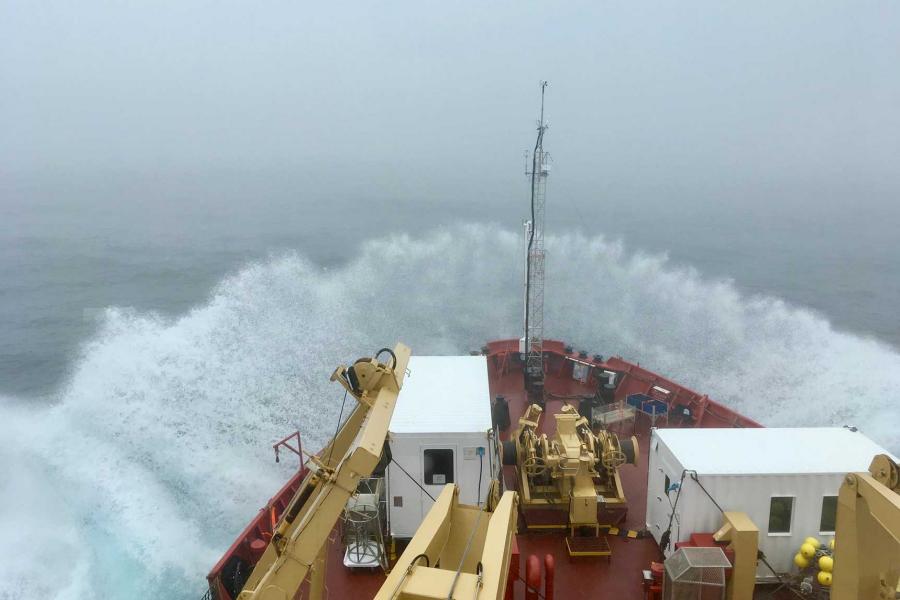
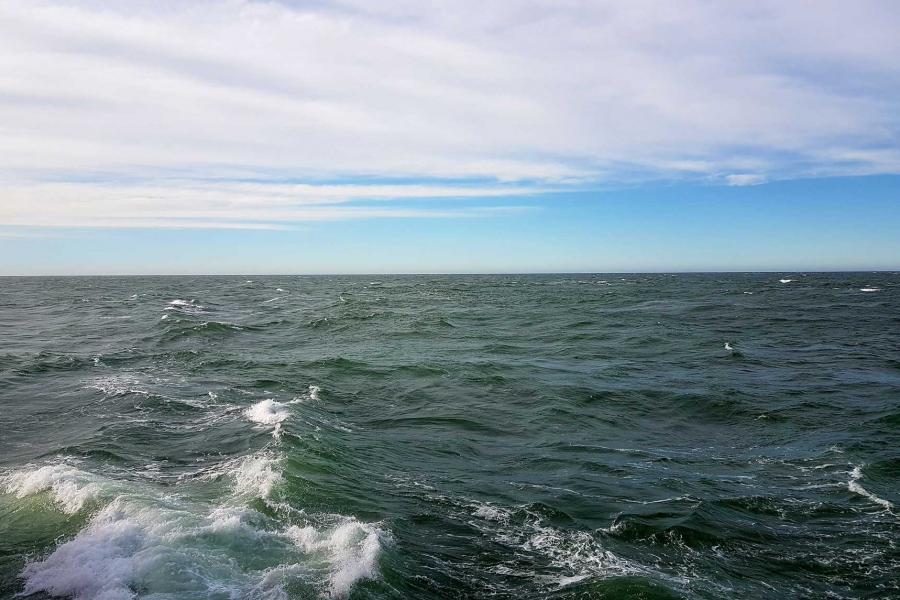
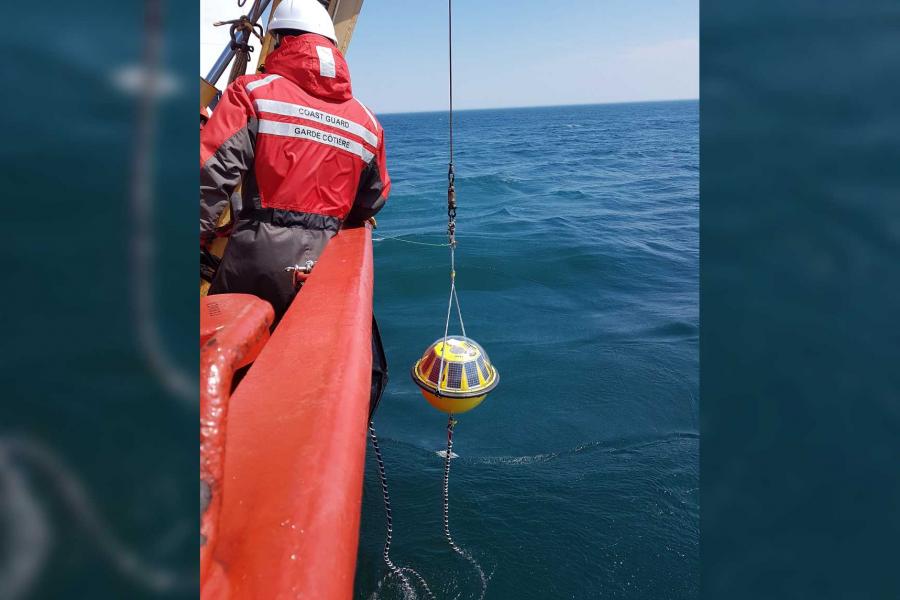
The first step is to characterize wave-ice interactions in the Arctic/sub-Arctic, particularly how sea ice affects the wave growth and propagation. In ice covered oceans waves are unable to form as the ice acts as a cap on the surface. In lower ice concentrations, however, things could be very different. High waves can significantly change and deform the ice field in a matter of minutes. It can fracture, break, ridge and move the ice, changing the entire dynamic and thermodynamic state. The second step is to determine how wind and wave action not only interact with the ice at the surface but also contribute to the distribution of freshwater and heat in the mixed layer beneath the ice.
In open water conditions, I will be using two wave buoys with accelerometers, GPS and wind sensors for measuring wave characteristics, such as the heights and periods of the waves, as well as wind speed and direction. On the ice, I will also be using Differential-GPS units for precisely monitoring the motion of the ice floes as waves penetrate under them. My work also depends on data from groups focusing on microwave remote sensing of the ocean-ice surface, CTD measurements and complements the GENICE project in terms of looking at oil mixing and transportation, particularly along major shipping routes.
